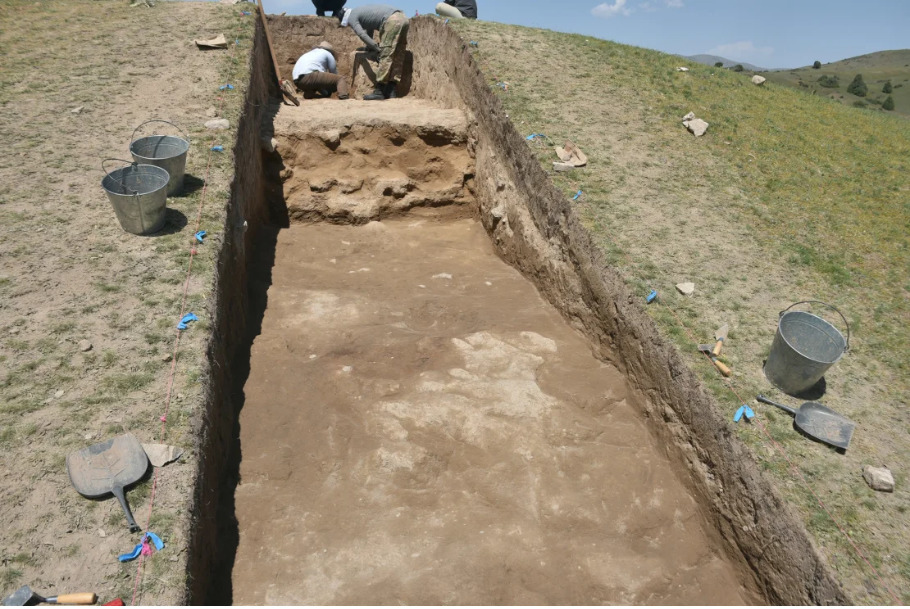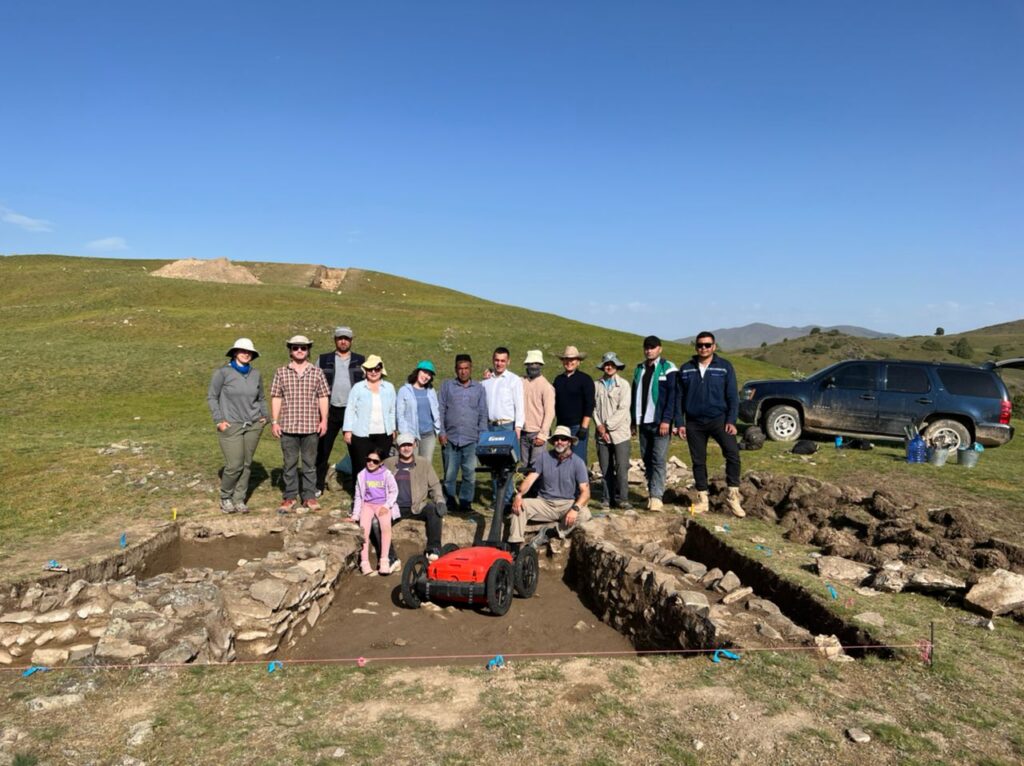
Archaeologists have uncovered the remains of two medieval cities in the southeastern mountains of Uzbekistan, situated along the ancient Silk Road trade route.
The research team, led by National Geographic Explorer Michael Frachetti and Farhod Maksudov, director of Uzbekistan’s National Center of Archaeology, identified the cities of Tugunbulak and Tashbulak at elevations of up to 7,200 feet. Tugunbulak, the larger of the two, covers nearly 300 acres, making it one of the most significant settlements from this era, according to a study published in Nature.

Utilizing drone-based lidar technology, this discovery sheds light on previously unknown aspects of high-altitude urban life in Central Asia, as reported by National Geographic.
“Lidar revealed a massive city hiding in plain sight,” stated Frachetti, an associate professor of anthropology at Washington University in St. Louis. The high-resolution images showcase extensive city walls, fortifications, watchtowers, and a central fortress with thick stone and mud-brick walls.
Both cities flourished between the 6th and 11th centuries, with Tugunbulak likely serving as a key production hub for iron tools and weapons, harnessing the region’s strong winds for power.
Approximately three miles away, the smaller city of Tashbulak features numerous permanent structures and a complex layout that adapts to the steep mountainous terrain.
Lidar technology, which uses light reflection to produce detailed 3D maps, has enabled archaeologists to document these sites, long considered too remote for significant ancient urban centers.
This discovery is transforming our understanding of medieval life along the Silk Road, illustrating that ancient highland societies not only survived in harsh climates but also developed sophisticated urban designs and trade routes that connected the East and West.


